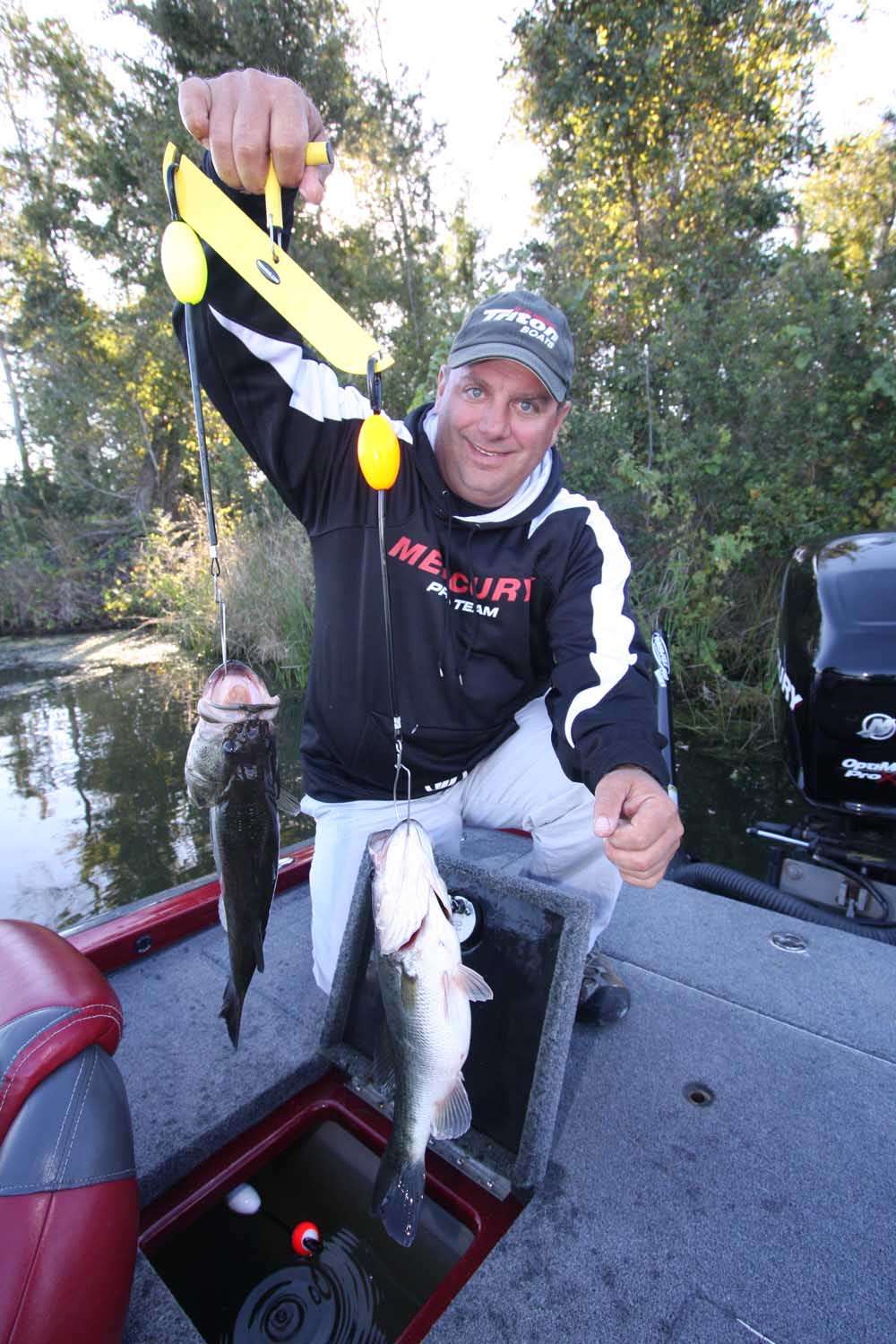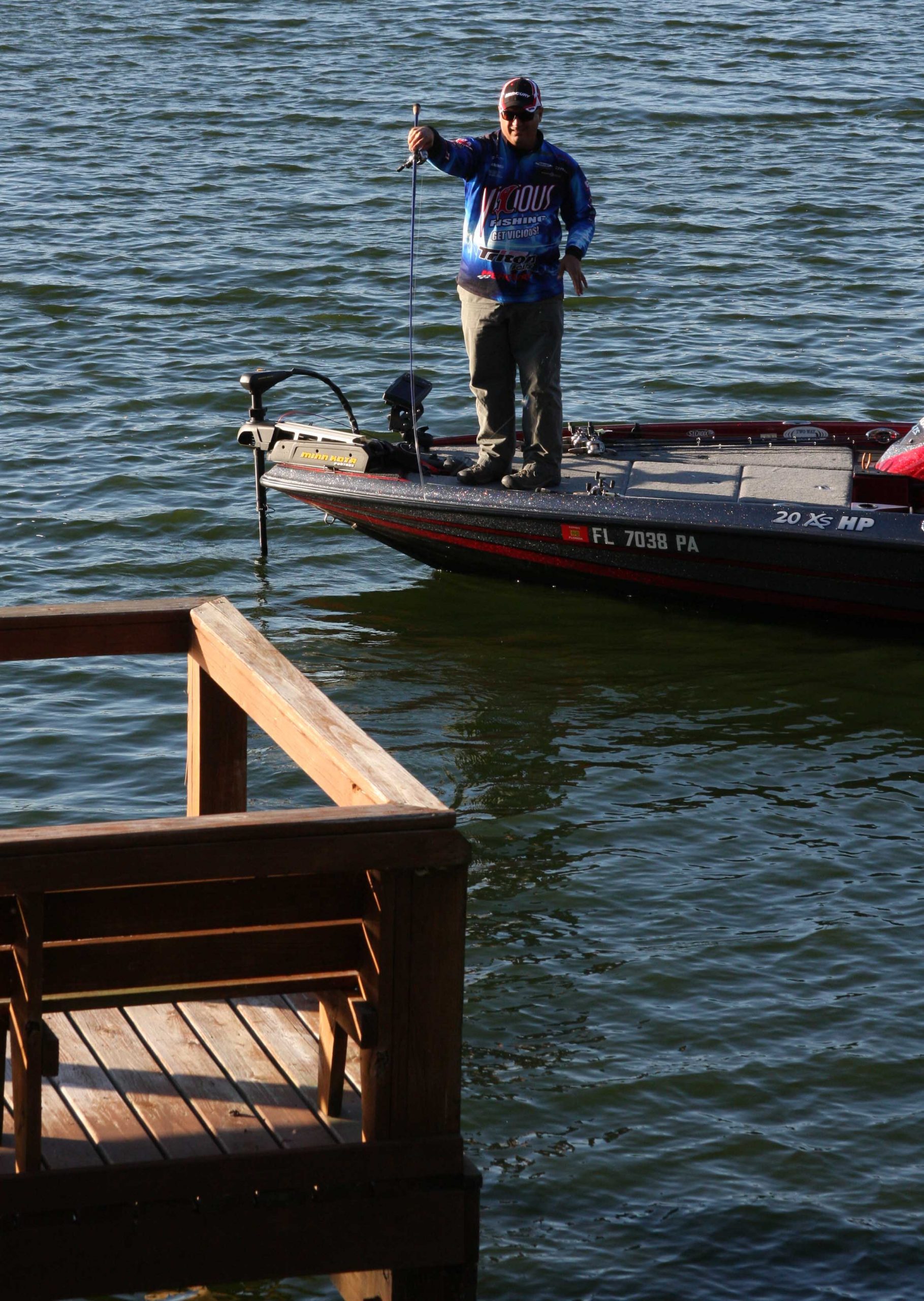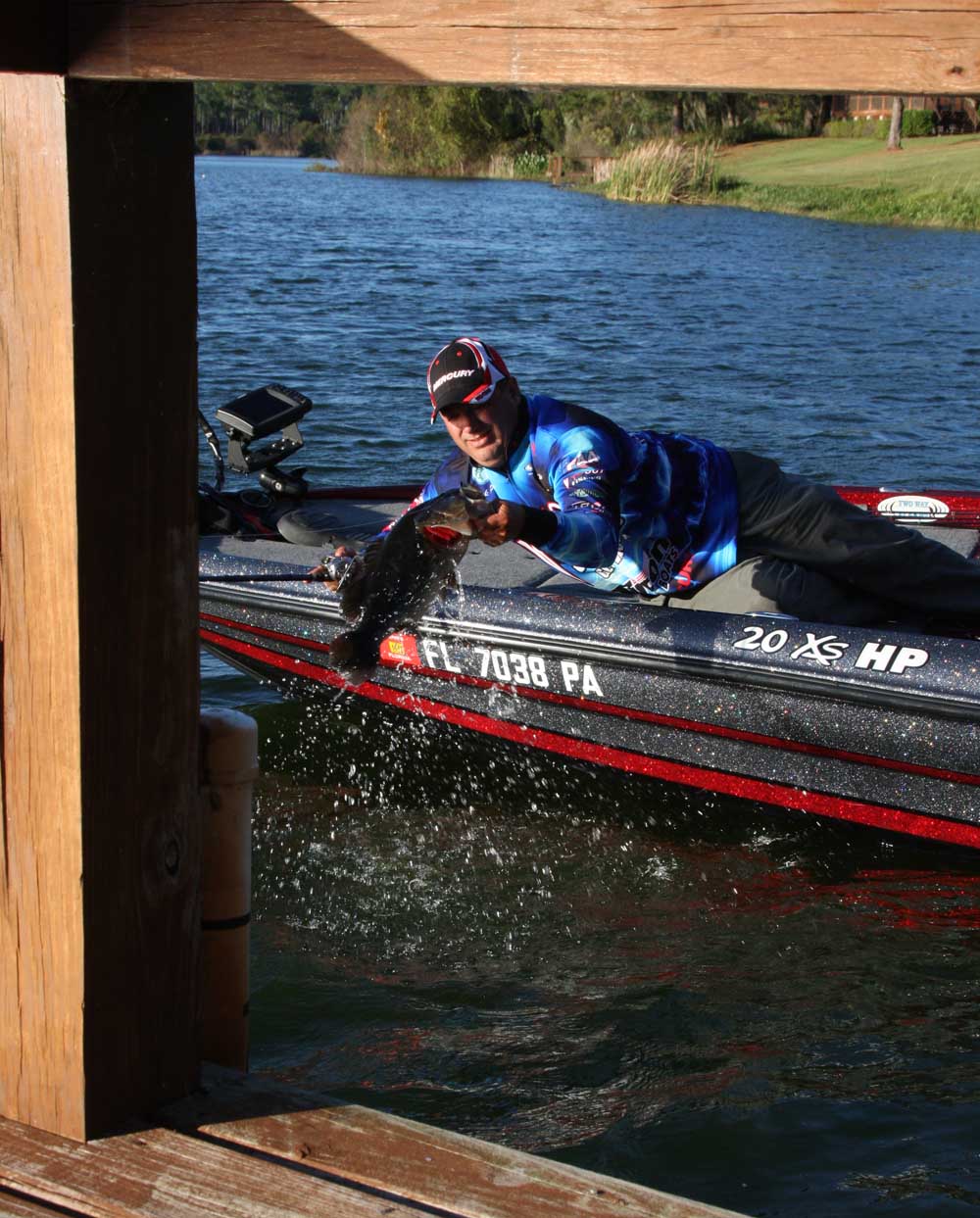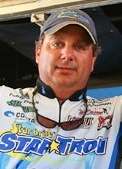
As a Bass Pro Shops Bassmaster Opens pro, one of the biggest differences I notice between the anglers who are fishing for a career and those who are out for fun is in culling. The weekend angler is excited by catching a limit of bass. Once he puts that limit fish in the livewell, he relaxes and it takes the edge off his fishing.
That’s not true with the pros; we can’t afford for it to be. For us, the day is really just getting started once we have a five-bass limit in the well. Once we’re there, it becomes more critical than ever that we are efficient — fishing and working at the top of our game.
For the professional angler, a limit is the standard. It’s what you do after that that will make all the difference and get you a check — or even a trophy. That’s why culling is so important to a successful tournament angler and why I take a great deal of care in making sure I do it as well, as quickly and as efficiently as possible.
Here are my three keys to better culling.
1. Tag ’em as you catch ’em
I tag each fish as it comes aboard. That way they’re ready to cull when the time comes. A lot of guys tell me they like to wait until they have a limit before they tag or clip the fish. They figure they won’t need to do it at all if they fail to catch a limit, so why bother until a limit’s been reached?
To me, that’s a defeatist attitude. I go into each tournament day confident that I’ll catch a limit and be culling before it’s over. Besides, if I don’t catch a limit I’m not likely to be cashing a check at the end of the event anyway.
Another reason I clip and weigh my bass as they come in is that I don’t want to have to catch them twice. It was hard enough to get the fish to bite, set the hook and put it in the boat. Now that it’s in the boat, the last thing I want to do is chase it all over the livewell, trying to grab it so I can clip and weigh it when I should have done it right away. Talk about a waste of time! Bass can be tough to catch if they’re loose in a big modern livewell. And rooting around there is a great way to help one escape or put a dorsal spine in your finger.

And have you ever seen an angler come to the scales with four or six bass, thinking he had five? I have … lots of times. For me, it’s practically impossible to miscount because I carry six culling clips. If there’s more than one outside the livewell, I don’t have a limit. If they’re all in the well, I have too many bass. Pretty simple.
2. The right clip … and a balance beam
There’s a lot of debate out there about the best kind of culling clip or tag. Some anglers like the ones that pinch the lip of the bass while others prefer the ones that work like the old chain stringer clips and are punched through the underside of the fish’s mouth. Count me in the latter group.
Yes, the stringer clips require you to punch a small hole in the bass, but if you keep the clips sharp — and I sharpen them almost like a worm hook — you minimize any damage to the fish.
Some anglers don’t like the stringer clips because you can grab the floats attached to them and yank the bass around. For them, I have a simple solution. Don’t do it! By far the best way to handle your bass is to take the float in one hand and run your other hand down to the fish’s jaw so you can lip it. That’s good for the tournament angler and easy on the bass.
The other thing I like about the stringer clips is that my culling system of choice, the TH-Marine G-Force Culling System, comes with a balance beam that works with special loops on the end of each tag. It makes it very easy to hang each fish on the beam without having to undo or redo any clips. Since a balance beam never lies, never has to be zeroed and never runs out of batteries, this system is extremely efficient in making those little upgrades that only count for ounces but often mean thousands of dollars.
3. Know who has to go
No matter what system you use, it’s absolutely critical that you know which bass in your livewell is the lightest because that bass is next to go. With the color-coded floats in the TH-Marine G-Force Culling System, I can make a mental note that the bass on the blue (or red or green or whatever) float is up next.

I don’t want to guess about it or fumble around and do a lot of unnecessary weighing. If I know which bass is next to go, I can act quickly and confidently right down to the last cast of the day. That’s when a lot of money gets shifted around and when inefficient anglers are busy scrambling around in the bottoms of their boats rather than fishing.





